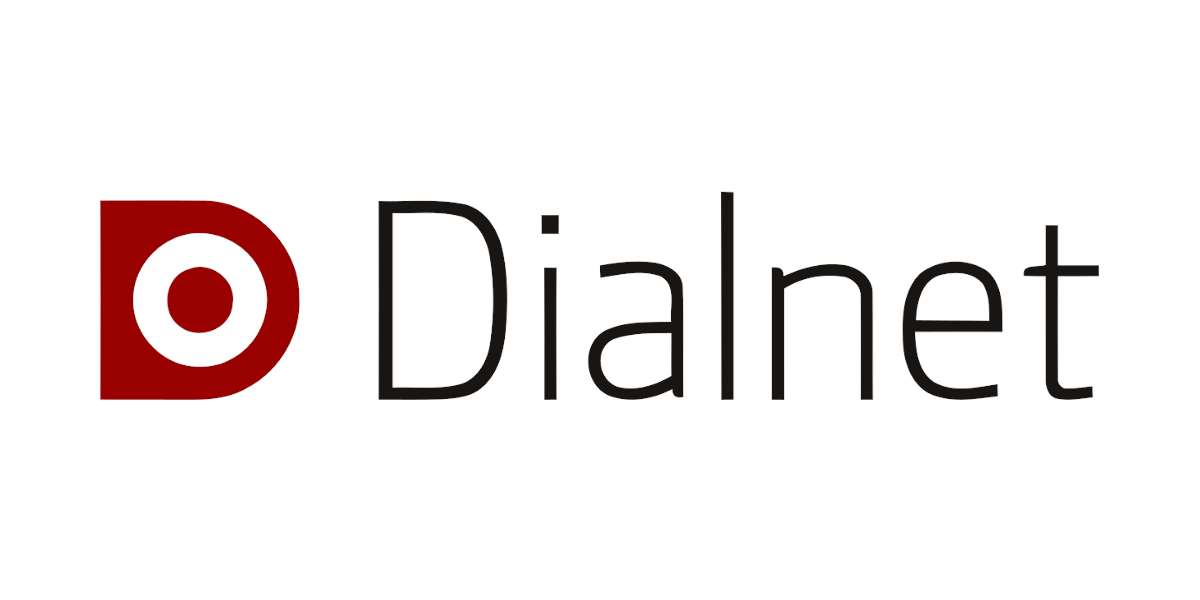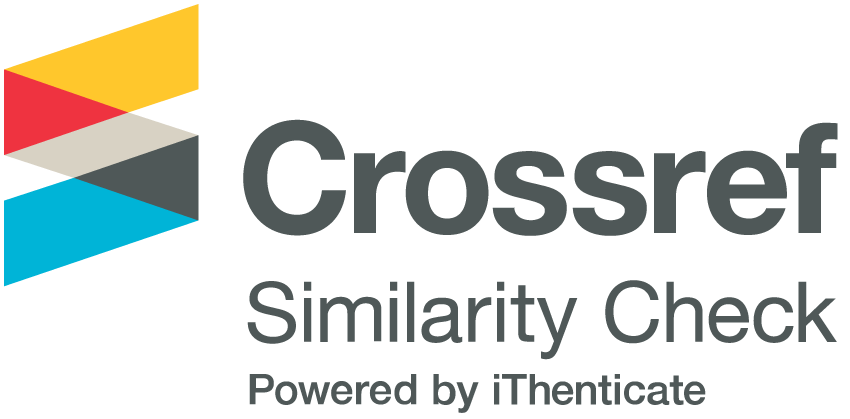3D Printing in Education. Theoretical Perspective and Classroom Experiences
DOI:
https://doi.org/10.54790/rccs.16Keywords:
3D printing, ICT, higher education, new methodologies, makerspacesAbstract
3D printing in universities uses printers that enable the three-dimensional printing of objects. A teaching methodology based on the printing of models is implemented that can be taught interactively and progressively to a wide range of students, from primary and secondary education and vocational training through to undergraduate and postgraduate studies, particularly in the STEM fields of education (Science, Technology, Engineering and Mathematics).
The resources used in 3D printing can be integrated in different fields of science as part of a teaching approach based on interdisciplinarity and the application of scientific and mathematical knowledge.
This study aims to disclose the role of 3D printing in education, its characteristics, advantages and disadvantages, as well as illustrate various educational experiences on different levels, providing a reference framework that sets out the current situation in terms of its use.
Educational experiences using 3D printing obtain meaningful learning thanks to manipulative experimentation, the fostering of motivation to learn, and improved educational results. Students learn while they experiment and have fun, creating a desire to continue acquiring knowledge that is relevant on both a professional and personal level.
Downloads
Metrics
References
Adams, S., Cummins, M., Davis, A., Freeman, A., Hall, C. y Ananthanarayanan, V. (2017). NMC Horizon Report: 2017 Higher Education Edition. The New Media Consortium.
Beltrán-Pellicer, P. y Rodríguez-Jaso, C. (2017). Modelado e impresión en 3D en la enseñanza de las matemáticas: un estudio exploratorio. ReiDoCrea, 6, 16-28. https://doi.org/10.30827/Digibug.44193 DOI: https://doi.org/10.30827/Digibug.44193
Blázquez-Tobías, P. J., Orcos-Palma, L., Mainz-Salvador, J. y Sáez-Benito, D. (2018). Propuesta metodológica para la mejora del aprendizaje de los alumnos a través de la utilización de las impresoras 3D como recurso educativo en el aprendizaje basado en proyectos. Psicología, Conocimiento y Sociedad, 8(1), 162-193. https://doi.org/10.26864/PCS.v8.n1.8 DOI: https://doi.org/10.26864/PCS.v8.n1.8
Bonet, A., Meier, C., Saorín, J. L., de la Torre, J. y Carbonell, C. (2017). Tecnologías de diseño y fabricación digital de bajo coste para el fomento de la competencia creativa. Arte, individuo y sociedad, 29(1), 89-104. https://doi.org/10.5209/ARIS.51886 DOI: https://doi.org/10.5209/ARIS.51886
Carbonell-Carrera, C., Saorín, J. L., Meier, C., Melián-Díaz, D. y De-la-Torre-Cantero, J. (2016). Tecnologías para la incorporación de objetos 3D en libros de papel y libros digitales. Profesional de la Información, 25(4), 661-670. https://doi.org/10.3145/epi.2016.jul.16 DOI: https://doi.org/10.3145//epi.2016.jul.16
Cervera, M., Martínez, J. y Mon, F. (2016). Competencia digital y competencia digital docente: una panorámica sobre el estado de la cuestión. RIITE Revista Interuniversitaria de Investigación en Tecnología Educativa, 0, 74-83. https://doi.org/10.6018/riite2016/257631 DOI: https://doi.org/10.6018/riite2016/257631
Coakley, M. F., Hurt, D. E., Weber, N., Mtingwa, M., Fincher, E. C., Alekseyev, V., Chen, D. T., Yun, A., Gizaw, M., Swan, J., Yoo, T. S. y Huyen, Y. (2014). The NIH 3D Print Exchange: A Public Resource for Bioscientific and Biomedical 3D Prints. 3D Printing and Additive Manufacturing, 1 (3), 137-140. https://doi.org/10.1089/3dp.2014.1503 DOI: https://doi.org/10.1089/3dp.2014.1503
Daniel, M. J., Marcos, C. y Tabernero, B. (2021). La impresión en 3D: una oportunidad para aprender y garantizar la educación inclusiva y de calidad. En C. López-Esteban (Ed.). Innovación en la Formación de los Futuros Educadores de Educación Secundaria para el Desarrollo Sostenible y Ciudadanía Mundial (pp. 119-136). Ediciones Universidad de Salamanca.
Evans, B. (2012). Practical 3D Printers: The Science and Art of 3D Printing. New York: Technology in Action. https://doi.org/10.1007/978-1-4302-4393-9 DOI: https://doi.org/10.1007/978-1-4302-4393-9
Ford, S. y Minshall, T. (2019). Invited review article: Where and how 3D printing is used in teaching and education. Additive Manufacturing, 25, 131-150. https://doi.org/10.1016/j.addma.2018.10.028 DOI: https://doi.org/10.1016/j.addma.2018.10.028
Gómez Ruiz, E. (2018). Aplicaciones de la impresión 3D como experiencia motivadora en los alumnos de primaria. [Trabajo Fin de Grado Inédito]. Universidad de Sevilla, Sevilla. https://idus.us.es/bitstream/handle/11441/80658/1/G%C3%93MEZ%20RUIZ%2C%20ELENA%20aplicaciones%20de%20la%20impresion%203D.pdf?sequence=1
Gyasi, J. F., Zheng, L. y Zhou, Y. (2021). Perusing the Past to Propel the Future: A Systematic Review of STEM Learning Activity Based on Activity Theory. Sustainability, 13, 8828. https://doi.org/10.3390/su13168828 DOI: https://doi.org/10.3390/su13168828
Huang, Y. y Leu, M. C. (2014). Frontiers of Additive Manufacturing Research and Education. University of Florida.
Johnson, L., Adams-Becker, S., Cummins, M., Estrada, V., Freeman, A. y Hall, C. (2016). NMC Horizon Report 2016. Higher Education Edition. Austin, Texas: The New Media Consortium.
Jones, O. A. y Spencer, M. J. (2018). A simplified method for the 3D printing of molecular models for chemical education. Journal of Chemical Education, 95(1), 88-96. https://doi.org/10.1021/acs.jchemed.7b00533 DOI: https://doi.org/10.1021/acs.jchemed.7b00533
Lütolf, G. (2014). Uso de impresoras 3D en la Escuela: La experiencia de 3druncken.ch. Berna: University of Teacher Education.
McMenamin, P. G., Quayle, M. R., McHenry, C. R. y Adams, J. W. (2014). The production of anatomical teaching resources using three-dimensional (3D) printing technology. Anatomical Sciences Education, 7(6), 479-486. https://doi.org/10.1002/ase.1475 DOI: https://doi.org/10.1002/ase.1475
Mesa, R. J., Rodríguez, J. A. T., Llumà, J. y Gras, G. G. (2021). Impresión 3D: herramienta para la creación de vocación por las carreras técnicas. Revista del Congrés Internacional de Docència Universitària i Innovació (CIDUI), (5). https://www.raco.cat/index.php/RevistaCIDUI/article/download/392923/486567
Miller, J. S. (2014). The billion-cell construct: will three-dimensional printing get us there? PLoS biology, 12(6), e1001882. https://doi.org/10.1371/journal.pbio.1001882 DOI: https://doi.org/10.1371/journal.pbio.1001882
Moreno, N. M., Leiva, J. y López, E. (2016). Robótica, modelado 3D y realidad aumentada en educación para el desarrollo de las inteligencias múltiples. Aula de encuentro, 18(2), 158-183. https://150.214.170.182/index.php/ADE/article/download/3191/2625
Moya, M. (2013). De las TICs a las TACs: la importancia de crear contenidos educativos digitales. Revista DIM: Didáctica, Innovación y Multimedia, 27, 1-15. https://raco.cat/index.php/DIM/article/view/275963
Mpofu, T. P., Mawere, C. y Mukosera, M. (2014). The impact and application of 3D printing technology. International Journal of Science and Research, 3, 2148-2152.
Nolla, Á., Benito, A., Madonna, C., Suk Park, S. y Busatto, M. (2021). Impresión 3D como un recurso para desarrollar el potencial matemático. Contextos educativos: revista de educación, 28, 87-102. http://doi.org/10.18172/con.4999 DOI: https://doi.org/10.18172/con.4999
Ortega, A. (2016). Fabricación digital: Introducción al modelado e impresión 3D. Madrid: Aula Mentor.
Oswald, C., Rinner, C. y Robinson, A. (2019). Applications of 3D printing in physical geography education and urban visualization. Cartographica: The International Journal for Geographic Information and Geovisualization, 54(4), 278-287. https://doi.org/10.3138/cart.54.4.2018-0007 DOI: https://doi.org/10.3138/cart.54.4.2018-0007
Plaza-González, R. (2021). La impresión 3D como recurso para fomentar la visión espacial y la motivación del alumnado de Dibujo Técnico de 1º de Bachillerato. Universidad de Alicante. Departamento de Expresión Gráfica, Composición y Proyectos. Máster en Profesorado de Educación Secundaria Obligatoria y Bachillerato, Formación Profesional y Enseñanza de Idiomas. http://hdl.handle.net/10045/116161
Popescu, D., Popa, D. M. y Cotet, B. G. (2019). Preparando a los estudiantes para la Generación Z: consideraciones sobre el currículo de impresión 3D. Propósitos y representaciones, 7(2), 240-254. https://doi.org/10.20511/pyr2019.v7n2.280 DOI: https://doi.org/10.20511/pyr2019.v7n2.280
Rosales, F. (2017, 17 de octubre). Imagina 3D: el primer laboratorio escolar de impresión 3D. Observatorio del Instituto para el Futuro de la Educación. https://observatorio.tec.mx/edu-news/imagina-3d-el-primer-laboratorio-escolar-de-impresion-3d-makerbot
Rúa, E. B., Jiménez, F., Gutiérrez, G. A. y Villamizar, N. I. (2018). Impresión 3D como herramienta didáctica para la enseñanza de algunos conceptos de ingeniería y diseño. Ingeniería, 23(1), 70-83. https://doi.org/10.14483/23448393.12248 DOI: https://doi.org/10.14483/23448393.12248
Sánchez, L., Ferrero, R., Conde, M. Á. y Alfonso, J. (2016). Experiencia de aprendizaje basado en la implementación colaborativa de proyectos para el desarrollo de competencias emprendedoras. En XVIII Simposio Internacional de Informática Educativa SIIE 2016, 109-114.
Sanz-Gil, J. J. (2017). Del TIC al TAC: Una aproximación al modelado e impresión 3D en educación superior. Revista de Educación en Ciencias de la Salud, 14(1), 23-29. http://www.udec.cl/ofem/recs/anteriores/vol1412017/artinv14117b.pdf
Saorín, J. L., Meier, C., De la Torre-Cantero, J., Carbonell-Carrera, C., Melián-Díaz, D. y De León, A. B. (2017). Competencia Digital: Uso y manejo de modelos 3D tridimensionales digitales e impresos en 3D. Edmetic, 6(2), 27-46. https://doi.org/10.21071/edmetic.v6i2.6187 DOI: https://doi.org/10.21071/edmetic.v6i2.6187
Šašinka, Č., Stachoň, Z., Sedlák, M., Chmelík, J., Herman, L., Kubíček, P. y Juřík, V. (2018). Collaborative immersive virtual environments for education in geography. ISPRS International Journal of Geo-Information, 8(1), 3. https://doi.org/10.3390/ijgi8010003 DOI: https://doi.org/10.3390/ijgi8010003
Utterback, J. M., Ekman, S., Sanderson, S. W., Vedin, B. A., Verganti, R., Tether, B. y Alvarez, E. (2006). Design-inspired innovation. New York: World Scientific Publishing Co. https://doi.org/10.1142/6052 DOI: https://doi.org/10.1142/6052
Veisz, D., Namouz, E. Z., Joshi, S. y Summers, J. D. (2012). Computer-aided design versus sketching: An exploratory case study. AI EDAM, 26(3), 317-335. https://doi.org/10.1017/S0890060412000170 DOI: https://doi.org/10.1017/S0890060412000170
Vidal, R. y Mulet, E. (2006). Thinking about computer systems to support design synthesis. Communications of the ACM, 49(4), 100-104. https://doi.org/10.1145/1121949.1121955 DOI: https://doi.org/10.1145/1121949.1121955
Zavaleta, L.P. (2019). Robótica e Impresión 3D aplicadas al contexto educativo. Universidad de Barcelona, Máster de Entornos de Enseñanza y Aprendizaje Mediados por Tecnologías Digitales Facultad de Educación. http://diposit.ub.edu/dspace/bitstream/2445/155177/1/TFM_Zavaleta_Paola_2019.pdf
Downloads
Published
How to Cite
Issue
Section
License
Copyright (c) 2022 Juan Carlos De la Cruz Campos, María Natalia Campos, Carmen Rodríguez, Magdalena Ramos

This work is licensed under a Creative Commons Attribution-NonCommercial-ShareAlike 4.0 International License.










